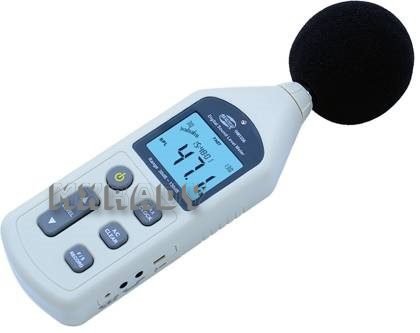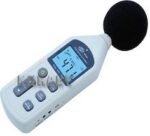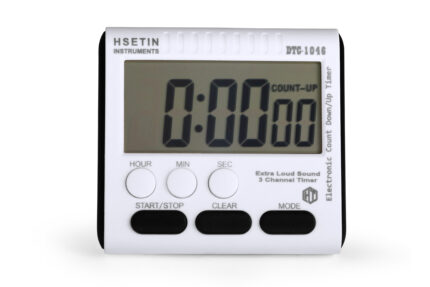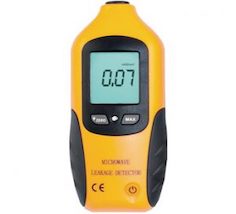LEVEL sound level meter (also called sound pressure level meter (SPL)) is used for acoustic measurements. It is commonly a hand-held instrument with a microphone.
The best type of microphone for sound level meters is the condenser microphone, which combines precision with stability and reliability. The diaphragm of the microphone responds to changes in air pressure caused by sound waves. That is why the instrument is sometimes referred to as a sound pressure level meter (SPL). This movement of the diaphragm, i.e. the sound pressure deviation
While describing sound in terms of sound pressure metrics, such as Pascals, is possible a logarithmic conversion is usually applied and the sound pressure level is stated instead, with 0 dB SPL equal to 20 A microphone is distinguishable by the voltage value produced when a known, constant sound pressure is applied. This is known as microphone sensitivity. The instrument needs to know the sensitivity of the particular microphone being used. Using this information, the instrument is able to accurately convert the electrical signal back to sound pressure and display the result.
sound pressure level.
Sound level meters are commonly used in noise pollution studies for the quantification of different kinds of noise, especially for industrial, environmental, mining, and aircraft noise.[2][3] The current international standard that specifies sound level meter functionality and performances is the IEC 61672-1:2013. However, the reading from a sound level meter does not correlate well to human-perceived loudness, which is better measured by a loudness meter. Specific loudness is a compressive nonlinearity and varies at certain levels and at certain frequencies. These metrics can also be calculated in a number of different ways.
The output of the RMS circuit is linear in voltage and is passed through a logarithmic circuit to give a readout linear in decibels (dB). This is 20 times the base 10 logarithm of the ratio of given root-mean-square sound pressure to the reference sound pressure. Root-mean-square sound pressure is obtained with a standard frequency weighting and standard time weighting. The reference pressure is set by the International agreement to be 20 micro pascals for airborne sound. It follows that the decibel is, in a sense, not a unit, it is simply a dimensionless ratio; in this case the ratio of two pressures.
An exponentially averaging sound level meter, which gives a snapshot of the current noise level, is of limited use for hearing damage risk measurements; an integrating or integrating-averaging meter is usually mandated. An integrating meter simply integrates—or in other words ‘sums’—the frequency-weighted noise to give sound exposure and the metric used is pressure squared times time, often Pa²·s, but Pa²·h is also used. However, because the unit of sound was historically described in decibels, the exposure is most often described in terms of sound exposure level (SEL), the logarithmic conversion of sound exposure into decibels.


















Reviews
There are no reviews yet.